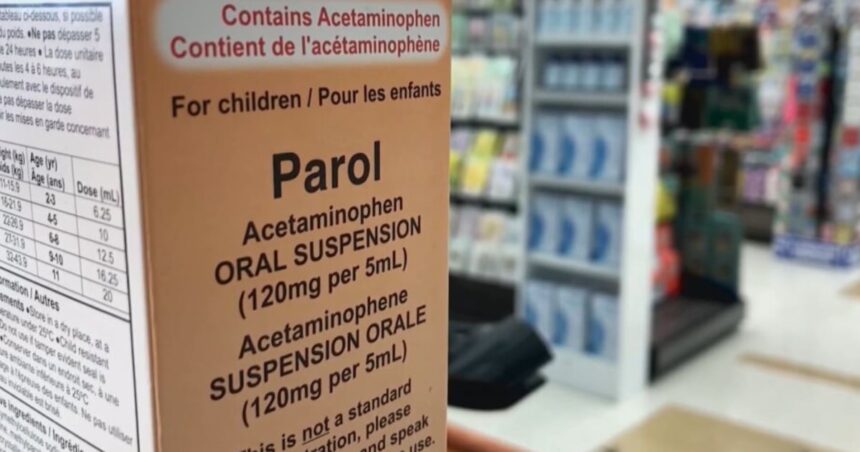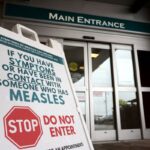In a decisive move to address pharmaceutical stockpile concerns, Alberta health officials have successfully negotiated a deal to distribute the province’s remaining surplus of children’s medications—ending a contentious chapter in the province’s pandemic-era health management strategy.
The agreement, finalized yesterday after months of negotiations with international aid organizations, will see approximately 7.5 million units of acetaminophen and ibuprofen pediatric formulations redirected to developing nations facing critical shortages of essential medicines.
“This resolution represents the most responsible path forward for medications that would otherwise expire in our warehouses,” said Health Minister Adriana LaGrange during yesterday’s press conference. “We’ve transformed what critics called an expensive misstep into a meaningful contribution to global health security.”
The controversy began in late 2022 when the provincial government, responding to nationwide shortages of children’s pain and fever medications, purchased a significant stockpile from a Turkish pharmaceutical manufacturer at approximately four times the standard market rate. The provincial health authority faced immediate criticism for both the premium price paid and questions about regulatory compliance.
Dr. Eleanor Matthews, health economics professor at the University of Calgary, notes the financial implications remain significant. “While the humanitarian benefit is commendable, Albertans ultimately paid approximately $65 million for medications that will never reach provincial pharmacies. The rush to secure supplies led to decisions that, in retrospect, were financially unsound.”
The international distribution will be managed through a partnership between Canadian humanitarian organizations and the World Health Organization’s Essential Medicine program, focusing primarily on regions experiencing ongoing healthcare infrastructure challenges.
Internal documents obtained through freedom of information requests reveal that health officials recognized by early 2023 that the province had secured far more medication than could reasonably be used before expiration dates. Confidential briefing notes warned that up to 60% of the stockpile might ultimately require destruction if alternative arrangements couldn’t be secured.
Opposition health critic Sarah Hoffman criticized the government’s handling of the entire process. “From panic buying at inflated prices to now essentially donating products purchased with Alberta tax dollars, this episode demonstrates a fundamental failure in procurement planning and emergency response,” she told reporters.
The federal health authority has since implemented new protocols for coordinated procurement during supply chain disruptions, requiring provinces to align acquisition strategies through a central coordination office during declared medical supply emergencies.
Industry analysts point to this case as a cautionary tale in emergency preparedness. “The pandemic exposed vulnerabilities in our medical supply chains that led to reactionary decisions,” explains pharmaceutical supply chain expert Dr. Jason Thompson. “The challenge moving forward is building resilient systems that can respond to shortages without the financial penalties we’ve seen here.”
For Alberta families, this resolution comes as children’s medication supplies have normalized across Canadian pharmacies. The province has retained approximately 500,000 units as a strategic reserve for potential future disruptions.
As health systems worldwide continue adapting to post-pandemic realities, will this expensive lesson lead to more sustainable approaches to medical supply security, or are we destined to repeat similar costly mistakes when the next health crisis emerges?























